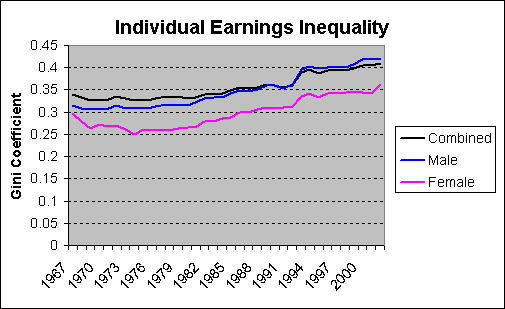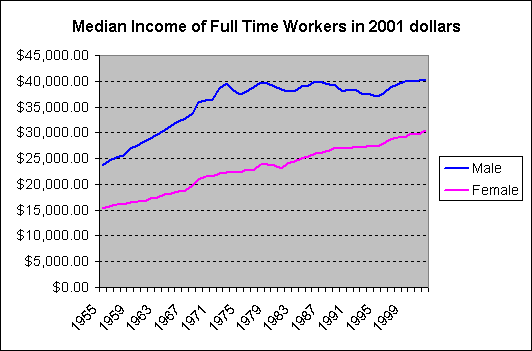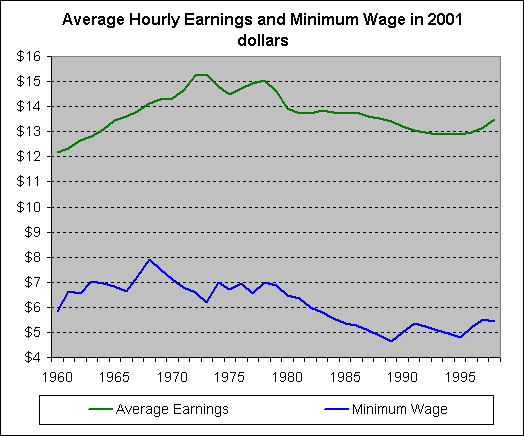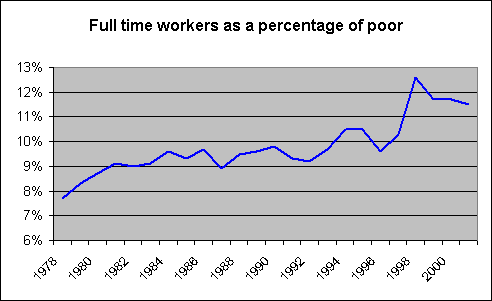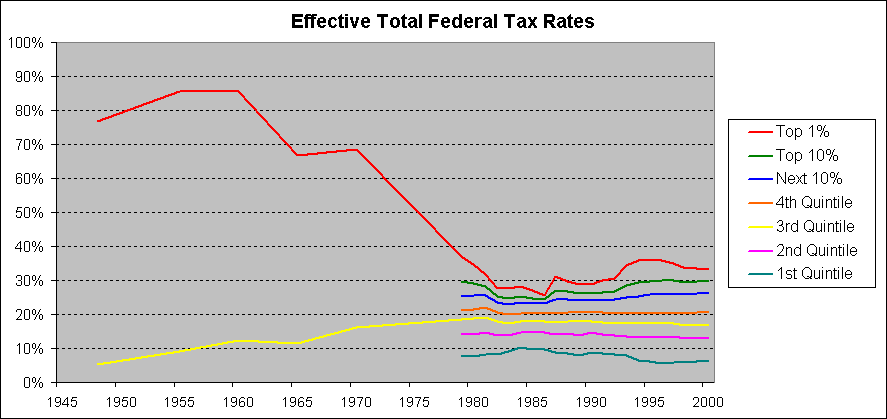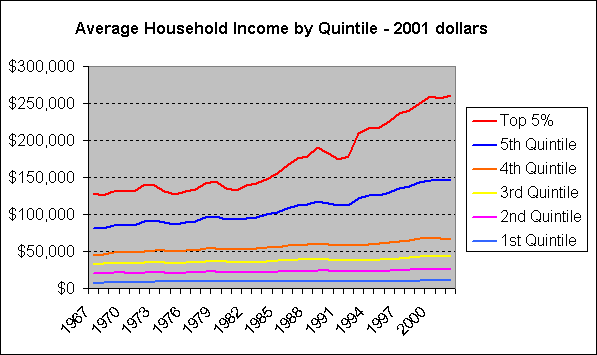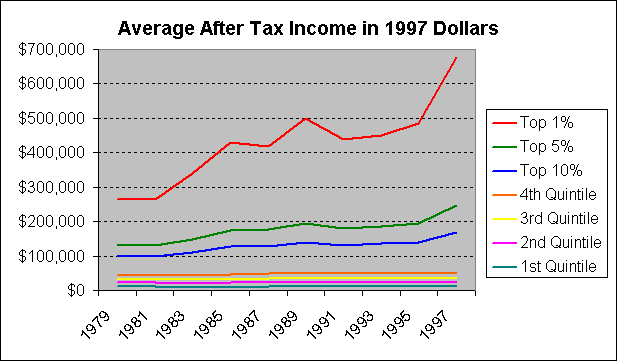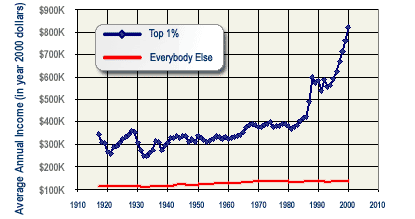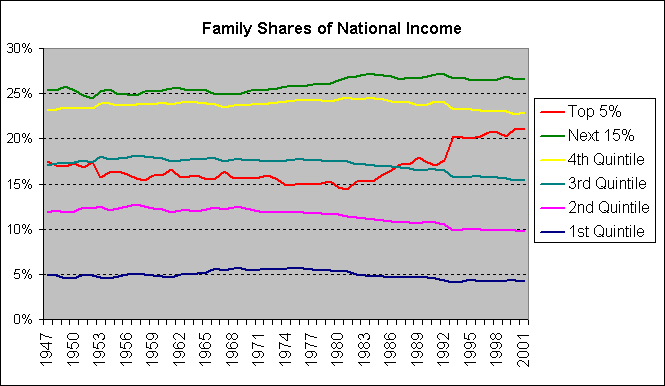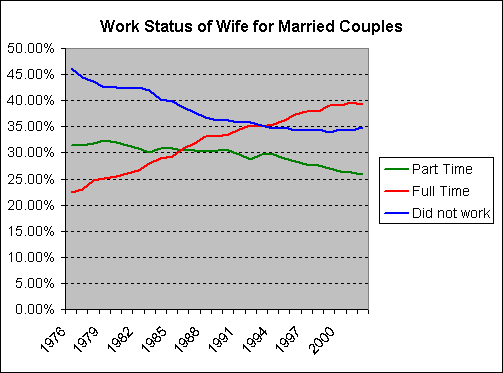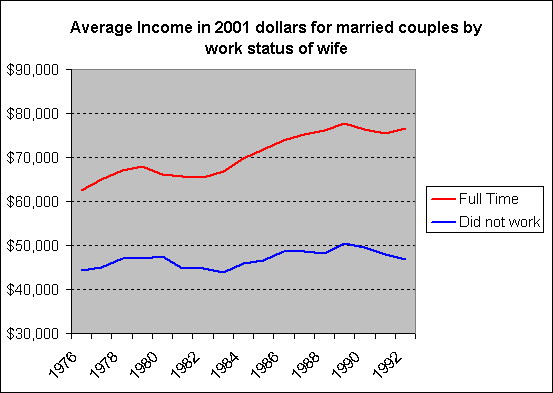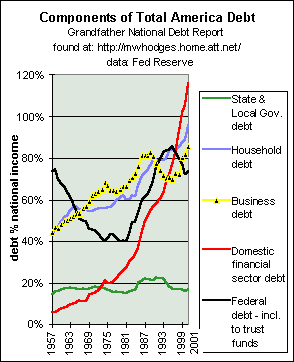A Challenge for "The Bible Answer Man" on Money, Greed and God
The book was advertised as Part one of the interview is here. Part two is found here.
**I found the program not to live up to the billing, to simply do a cursory gloss over the "myths" it was supposedly destroying and leave many unanswered questions. I think its worth mentioning here that I am not a leftist, liberal or socialist. The only labels I will wear are Christian, human, American, Cherokee and Oklahoman. I will not participate in the false dichotomy and endless contention of "conservative" vs. "liberal' or "capitalist" vs. "socialist" debate as it is customarily formulated. I will not allow someone else to signify me as any of those other things simply because I am questioning the veracity of the thesis on capitalism as put forth by Richards and Hanegraaff in this radio program and in the book.
I too am a fan of the “Bible Answer Man”. I have four of his books and listen to his radio program most days. I was also listening on the two days that he ran the two programs about the "Christian Merits" of capitalism. It is very seldom that I question or challenge the positions that the “Bible Answer Man” takes. I did have a few issues with this topic as it was spelled out by Mr. Hanegraaff and Mr. Richards. I was looking for a blog or a forum by CRI or either one of these gentlemen to address some of the questions I was left with and found practically nothing so I decided to throw the discussion out onto the internet via my own blog.
To be fair I have not read the book yet. Some of what I am wanting to address may be in the book. However, based upon the way this material was presented in the radio program I would not likely spend my money on the book. The book was advertised as one that “annihilates the liberal myths on economics often taught as facts”. Now, I would say that to annihilate a position and expose it as myth it would take more than just a cursory gloss over of that position being annihilated and slapping the label “liberal” on it and calling it done. To me at least, and I suspect to other critical thinkers it would take a line item review of the “mythical economic theories taught as fact” and then a thorough and comprehensive rebuttal to those. Granted, the radio show was a limited time format, but I still think they could have taken on those “liberal” positions much better, especially if they are being portrayed as merely “myth” and “propaganda”. Instead what we had was a couple of hours of full on praise of capitalism and cheerleading of capitalist assertions on economics and opinions. Richards said in the program that “liberal” and “socialist” types always have the “best rhetoric”, but based on this program alone and the way these topics were handled one could conclude that the “capitalists” have a very good propaganda model working as well. Then if you factor in the patriotic and religious overtones and jingoistic cant of the corporate, advertising dollars driven media, I think I would really have to question and/or challenge the idea that the “leftists” have the best rhetoric.
I will not go into a treatise on the media or a history lesson on the wars and bloodshed propagated by the capitalist urge and the “great commission” to spread the gospel of capitalism and “make the world safe for democracy” in places like East Timor, the Philippines, El Salvador, Guatemala, Nicaragua and so on and so on. But I will simply point out that Hanegraaff and Richards and those like them generally prefer to either downplay or flat out ignore these sorts of things while they are praising capitalism and/or dismissing those “silly liberal” myths. Granted, they do like to list the litany of crimes against humanity by people like Hitler and Stalin. But there seems to be a void where qualifications about capitalism concerning things like the conquest of North America, the theft of land and the holocaust of American Indians ought to be. For instance, when discussing the need to quell the resistance of “American Indians” so as to obtain the goal of “civilizing” them and assimilating them into the framework of the republic, general William T. Sherman put forth an idea that speaks volumes about the worldly culture of capitalist ideals. He said that the “Indians”, “know no greed, and, until they understand greed, they will never understand the private ownership of property.” This demonstrates, not only the superficial understanding of other cultures that we often see from the captains of capitalism, but also that the capitalist system is propagated and motivated in large part by the institutionalized, individualized greed. American Indian and Christian, theologian George E. Tinker spells out quite a case on this in his books “Spirit and Resistance” and “Missionary Conquest”.
Another point I would like to make is on how Richards and Hanegraaff spoke about how capitalism “creates” wealth, progress and prosperity. First, this depends upon how one defines wealth, progress and prosperity. Since these men are professing Christians some qualifications on these terms ought to be easy to come up with. That seemed to be missing in any kind of comprehensive, spiritual treatment in the program and review of the book.
Also, I would challenge the very pretense that capitalism truly “creates” anything. It sometimes seems like these avowed capitalists think that all the resources and raw materials that are harvested and/or consumed to make the products that fuel the capitalist engine simply appear from nowhere. It seems that they think that the earth is an inexhaustible resource, a bottomless garbage can and that the forces, human costs, blowback and turbulence created by mass consumption and material greed are minimal, easily controlled and easily rationalized since they create jobs and medical and military advances. Again, a redefinition of progress and prosperity seems to be needed here. About as far as they, or many other capitalist apologists go on this is the platitude about how God has created the Earth to be used and consumed by men. I will resist the urge to go into a much more comprehensive treatment the theological incompleteness of this sort of rationalization for the moment.
I would however like to challenge the idea that one can have a “Christian capitalism”. I will allow that you can have a Christian values driven person or people operating within the framework of capitalism (or other economic systems like socialism for that matter). But, the idea that you can have a “Christian capitalism”, a Christian nation or a Christian business is about as valid as the idea that you can have a Christian machine or a Christian milkshake. It just doesn’t work that way. Such ideas simply do not take into ful account the fatally flawed, fallen nature of mankind and are oddly as Utopian as anything I have ever heard coming from the “left”. It is allowed that humans can be the representatives of the Kingdom of God while they are in the world. But, do not forget, if one is going to use the Bible to prop up the cause of capitalism or any other ism that Jesus said that his Kingdom is not of this world. We are also told not to love the world or anything in it in the scriptures. I do have a qualified understanding of what that really means- but, I am wondering if they have not realized what this fully means themselves. Richards did go into a bit about the “Secret” of capitalism and a treatment on the “rule of law” on this point. But, again it did not take into account practically any of the questions I am raising here. In fact his points about the “secret” and unleashing of the “creative potential” of humans as reflections of God started to sound like new age humanism. Maybe that is unfair not having read the book. But, as I have stated already, based on what I have heard, I am not planning to spend my money on the book and feed Richards’ capitalist urge. Maybe I'll find it in the library or someone will send me a copy if they are convinced of it's truth and wish to change my mind.
Lastly, here are the type of concepts that Richards and Hanegraaff really need to address if they are going to presume to annihilate these supposedly leftist myths and economic theories:
Excerpted from: IN THE ABSENCE OF THE SACRED- By Jerry Mander
Source
The following list is an attempt to articulate the obligatory rules by which corporations operate. Some of the rules overlap, but taken together they help reveal why corporations behave as they do and how they have come to dominate their environment and the human beings within it.
- The Profit Imperative: Profit is the ultimate measure of all corporate decisions. It takes precedence over community well-being, worker health, public health, peace, environmental preservation or national security. Corporations will even find ways to trade with national "enemies"—Libya, Iran, the former Soviet Union, Cuba—when public policy abhors it. The profit imperative and the growth imperative are the most fundamental corporate drives; together they represent the corporation's instinct to "live."
- The Growth Imperative: Corporations live or die by whether they can sustain growth. On this depends relationships to investors, to the stock market, to banks and to public perception. The growth imperative also fuels the corporate desire to find and develop scarce resources in obscure parts of the world.
This effect is now clearly visible, as the world's few remaining pristine places are sacrificed to corporate production. The peoples who inhabit these resource-rich regions are similarly pressured to give up their traditional ways and climb on the wheel of production-consumption. Corporate planners consciously attempt to bring "less developed societies into the modem world" to create infrastructures for development, as well as new workers and new consumers. Corporations claim that they do this for altruistic reasons to raise the living standard—but corporations have no altruism.
Theoretically, privately held corporations—those owned by individuals or families—do not have the imperative to expand. In practice, however, their behavior is the same. Such privately held giants as Bechtel Corporation have shown no propensity to moderate growth.
- Competition and Aggression: Corporations place every person in management in fierce competition with each other. Anyone interested in a corporate career must hone his or her ability to seize the moment. This applies to gaining an edge over another company or over a colleague within the company. As an employee, you are expected to be part of the "team," but you also must be ready to climb over your own colleagues.
Corporate ideology holds that competition improves worker incentive and corporate performances and therefore benefits society. Our society has accepted this premise utterly. Unfortunately, however, it also surfaces in personal relationships. Living by standards of competition and aggression on the job, human beings have few avenues to express softer, more personal feelings. (In politics, non-aggressive behavior is interpreted as weakness.)
- Amorality: Not being human, corporations do not have morals or altruistic goals. So decisions that maybe antithetical to community goals or environmental health are made without misgivings. In fact, corporate executives praise "non-emotionality" as a basis for "objective" decision-making.
Corporations, however, seek to hide their amorality and attempt to act as if they were altruistic. Lately, there has been a concerted effort by American industry to appear concerned with environmental cleanup, community arts or drug programs. Corporate efforts that seem altruistic are really Public relations ploys or directly self-serving projects.
There has recently been a spurt of corporate advertising about how corporations work to clean the environment. A company that installs offshore oil rigs will run ads about how fish are thriving under the rigs. Logging companies known for their clearcutting practices will run millions of dollars' worth of ads about their "tree farms."
It is a fair rule of thumb that corporations tend to advertise the very qualities they do not have in order to allay negative public perceptions. When corporations say "we care," it is almost always in response to the widespread perception that they do not have feelings or morals.
If the benefits do not accrue, the altruistic pose is dropped. When Exxon realized that its cleanup of Alaskan shores was not easing the public rage about the oil spill, it simply dropped all pretense of altruism and ceased working.
- Hierarchy: Corporate laws require that corporations be structured into classes of superiors and subordinated within a centralized pyramidal structure: chairman, directors, chief executive officer, vice presidents, division managers and so on. The efficiency of this hierarchical form (which also characterizes the military, the government and most institutions in our society) is rarely questioned.
The effect on society from adopting the hierarchical form is to make it seem natural that we have all been placed within a national pecking order. Some jobs are better than others, some lifestyles are better than others, some neighborhoods, some races, some kinds of knowledge. Men over women. Westerners over non-Westerners. Humans over nature.
That effective, non-hierarchical modes of organization exist on the planet, and have been successful for millennia, is barely known by most Americans.
- Quantification, Linearity, Segmentation: Corporations require that subjective information be translated into objective form, i.e. numbers. The subjective or spiritual aspects of forests, for example, cannot be translated, and so do not enter corporate equations. Forests are evaluated only as "board feet."
When corporations are asked to clean up their smokestack emissions, they lobby to relax the new standards in order to contain costs. The result is that a predictable number of people are expected to become sick and die.
The operative corporate standard is not "as safe as humanly possible," but rather, "as safe as possible commensurate with maintaining acceptable profit."
- Dehumanization: In the great majority of corporations, employees are viewed as ciphers, as non-managerial cogs in the wheel, replaceable by others or by machines.
As for management employees, not subject to quite the same indignities, they nonetheless must practice a style of decision making that "does not let feelings get in the way." This applies as much to firing employees as it does to dealing with the consequences of corporate behavior in the environment or the community.
- Exploitation: All corporate profit is obtained by a simple formula: Profit equals the difference between the amount paid to an employee and the economic value of the employee's output, and/or the difference between the amount paid for raw materials used in production (including costs of processing), and the ultimate sales price of processed raw materials. Karl Marx was right: a worker is not compensated for full value of his or her labor—neither is the raw material supplier. The owners of capital skim off part of the value as profit. Profit is based on underpayment.
Capitalists argue that this is a fair deal, since both workers and the people who mine or farm the resources (usually in Third World environments) get paid. But this arrangement is inherently imbalanced. The owner of the capital—the corporation or the bank always obtains additional benefit. While the worker makes a wage, the owner of capital gets the benefit of the worker's labor, plus the surplus profit the worker produces, which is then reinvested to produce yet more surplus.
- Ephemerality: Corporations exist beyond time and space: they are legal creations that only exist on paper. They do not die a natural death; they outlive their own creators. They have no commitment to locale, employees or neighbors. Having no morality, no commitment to place and no physical nature (a factory, while being a physical entity, is not the corporation). A corporation can relocate all of its operations at the first sign of inconvenience—demanding employees, high taxes and restrictive environmental laws. The traditional ideal of community engagement is antithetical to corporation behavior.
- Opposition to Nature: Though individuals who work for corporations may personally love nature, corporations themselves, and corporate societies, are intrinsically committed to intervening in, altering and transforming nature. For corporations engaged in commodity manufacturing, profit comes from transmogrifying raw materials into saleable forms. Metals from the ground are converted into cars.
Trees are converted into boards, houses, furniture and paper products. Oil is converted into energy. In all such energy, a piece of nature is taken from where it belongs and processed into a new form. All manufacturing depends upon intervention and reorganization of nature. After natural resources are used up in one part of the globe, the corporation moves on to another part.
This transformation of nature occurs in all societies where manufacturing takes place. But in capitalist, corporate societies, the process is accelerated because capitalist societies and corporations must grow by extracting resources from nature and reprocessing them at an ever-quickening pace. Meanwhile, the consumption end of the cycle is also accelerated by corporations that have an interest in convincing people that commodities bring material satisfaction. Inner satisfaction, self-sufficiency, contentment in nature or a lack of a desire to acquire wealth are subversive to corporate goals.
Banks finance the conversion of nature insurance companies help reduce the financial risks involved. On a finite planet, the process cannot continue indefinitely.
- Homogenization: American rhetoric claims that commodity society delivers greater choice and diversity than other societies. "Choice" in this context means product choice in the marketplace: many brands to choose from and diverse features on otherwise identical products. Actually, corporations have a stake in all of us living our lives in a similar manner, achieving our pleasures from things that we buy in a world where each family lives isolated in a single family home and has the same machines as every other family on the block. The "singles" phenomenon has proved even more productive than the nuclear family, since each person duplicates the consumption patterns of every other person.
Lifestyles and economic systems that emphasize sharing commodities and work, that do not encourage commodity accumulation or that celebrate non-material values, are not good for business. People living collectively, sharing such "hard" goods as washing machines, cars and appliances (or worse, getting along without them) are outrageous to corporate commodity society.
Native societies—which celebrate an utterly non-material relationship to life, the planet and the spirit—are regarded as backward, inferior and unenlightened. We are told that they envy the choices we have. To the degree these societies continue to exist, they represent a threat to the homogenization of worldwide markets and culture. Corporate society works hard to retrain such people in attitudes and values appropriate to corporate goals.
In undeveloped parts of the world, satellite communication introduces Western television and advertising, while improvements in the technical infrastructure speed up the pace of development. Most of this activity is funded by the World Bank and the International Monetary Fund, as well as agencies such as the US Agency for International Development, the Inter-American Bank and the Asian-American Bank, all of which serve multinational corporate enterprise.
The ultimate goal of corporate multinationals was expressed in a revealing quote by the president of Nabisco Corporation: "One world of homogeneous consumption. . . [I am] looking forward to the day when Arabs and Americans, Latinos and Scandinavians, will be munching Ritz crackers as enthusiastically as they already drink Coke or brush their teeth with Colgate." Page 31
Form Is Content Corporations are inherently bold, aggressive and competitive. Though they exist in a society that claims to operate by moral principles, they are structurally amoral. It is inevitable that they will dehumanize people who work for them and the overall society as well. They are disloyal to workers, including their own managers. Corporations can be disloyal to the communities they have been part of for many years. Corporations do not care about nations; they live beyond boundaries. They are intrinsically committed to destroying nature. And they have an inexorable, unabatable, voracious need to grow and to expand. In dominating other cultures, in digging up the Earth, corporations blindly follow the codes that have been built into them as if they were genes.
We must abandon the idea that corporations can reform themselves. To ask corporate executives to behave in a morally defensible manner is absurd. Corporations, and the people within them, are following a system of logic that leads inexorably toward dominant behaviors. To ask corporations to behave otherwise is like asking an army to adopt pacifism.- Jerry Mander
Corporation: n. An ingenious device for obtaining individual profit without individual responsibility.
—Ambrose Bierce, 1842-1914.





